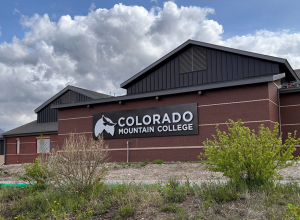Gov. Polis shrinks funding for Colorado’s wolf reintroduction to address state budget crisis
To obtain the governor’s signature, bill sponsors removed a provision that would have halted wolf releases — something Western Slope producers feel would help
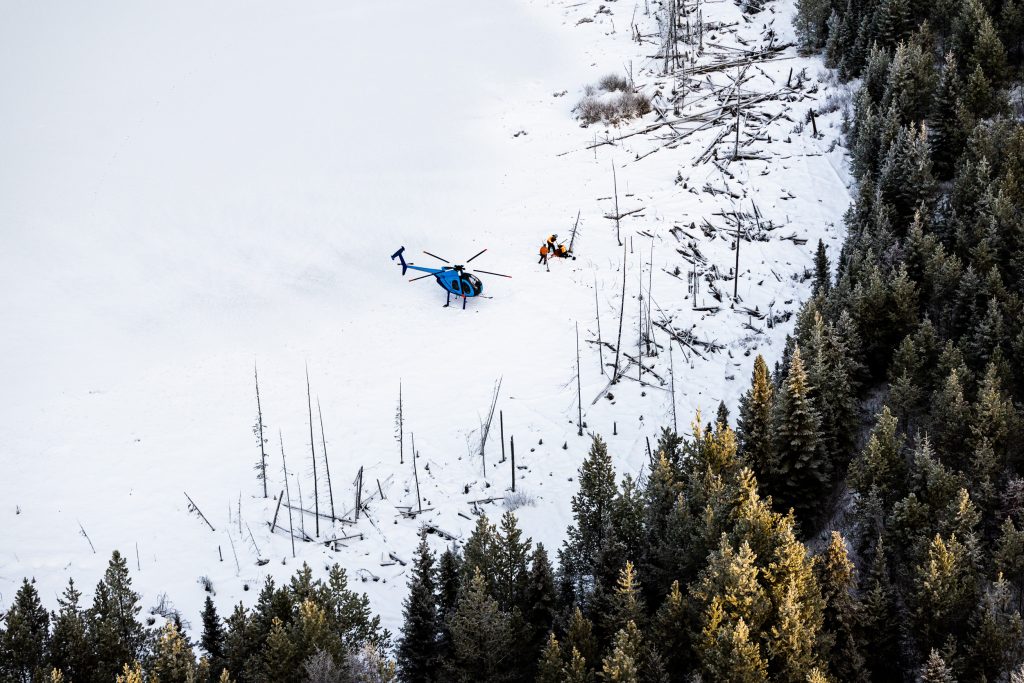
2025_CPW_Wolf_Restoration_09
On Thursday, Aug. 28, Colorado Gov. Jared Polis signed into law a measure that will redirect a small portion of the state’s wolf budget toward health insurance subsidies.
The bill was introduced by a bipartisan group of Western Slope lawmakers during a special session called to close a nearly $780 million gap in Colorado’s budget caused by the passage of congressional Republicans’ federal tax law. On Thursday, Polis also signed special session measures that close corporate tax loopholes, eliminate small businesses’ ability to keep some sales tax revenue and more.
As passed, Senate Bill 5 redirects $264,268 of the $2.1 million allocated in the 2025-26 budget for the wolf program to Colorado’s Health Insurance Affordability Enterprise.
“The version that passed was not what we wanted when we introduced the bill, but I think it still accomplishes an important thing of, in these tough budget times, not spending taxpayer dollars on going out to get new wolves and focusing on managing the existing program and redirecting some of those funds to lowering health insurance costs,” said Sen. Dylon Roberts, D-Frisco.
Roberts sponsored the bill alongside Sen. Marc Catlin, R-Montrose, and Reps. Meghan Lukens, D-Steamboat Springs, and Matthew Martinez, D-Monte Vista.
While a provision prohibiting the acquisition of additional wolves was stripped from the bill’s final version, it does prevent Colorado Parks and Wildlife from using the remaining general fund allocation to acquire more wolves in the next fiscal year.
Roberts said the change came after sponsors “heard very loudly and clearly from the governor’s office that he did not support the introduced version of the bill.”
“If it had made it to his desk, he would have vetoed it,” he said, adding that they also ran into challenges with some of their Front Range colleagues about the original version.
Parks and Wildlife spent around $257,000 on the January capture and release operations in British Columbia, which saw the translocation of 15 wolves to Colorado.
The general fund allocation represents the largest revenue source for Colorado’s wolf program, but it’s not the only source. Any of these other funds could be utilized to obtain more wolves.
In 2021, lawmakers established that the program would also be funded by the Species Conservation Trust Fund, the Colorado Nongame Conservation and Wildlife Restoration Cash Fund, or the Wildlife Cash Fund, which includes funding generated by the Born to Be Wild wolf license plate and from the Colorado Lottery spillover. It did exempt money from the Wildlife Cash Fund that comes from hunting and fishing license sales — which is the cash fund’s largest revenue source — and associated federal grants. Additionally, the wolf program can receive gifts, grants and donations.
“We are glad our tax payers funds are not being used this next release to introduce wolves, though we wish there was a pause in the program,” said Tim Ritschard, a Grand County rancher and president of the Middle Park Stockgrowers.
What would a pause in wolf releases do at this point in Colorado’s reintroduction effort?
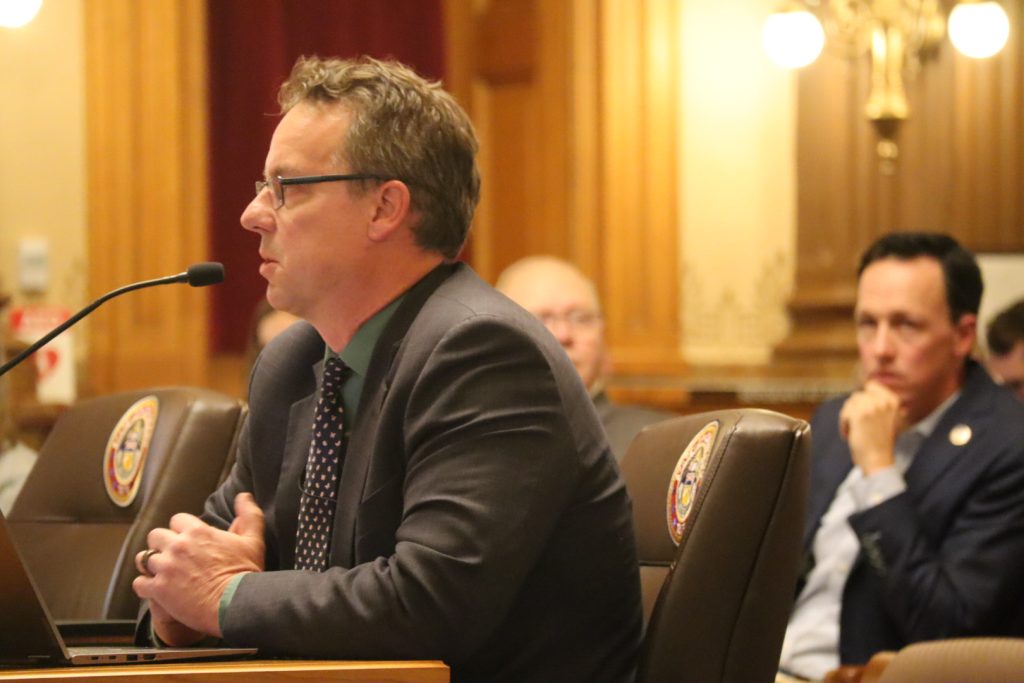
Colorado is currently two years into the wolf restoration program, mandated by the narrow passage of Proposition 114 in 2020. The wolf management plan recommends that the state release 30 to 50 wolves in three to five years to build a self-sustaining population of gray wolves. So far, Parks and Wildlife has released 25 wolves in two years.
During the bill’s first Senate committee hearing last week, Parks and Wildlife’s Director Jeff Davis advised against a pause at this point, arguing that it would have impacted the program overall and gone against the agency’s obligation to voters.
“I do believe it’s really important to put one more round of 15 animals out,” Davis said. “This wolf restoration is messy, and there’s no way to go around it; we have to go through it.”
Kaitie Schneider, the Berthoud-based Colorado wolf representative for the national wildlife advocacy group, Defenders of Wildlife, expressed relief that the provision was removed from the bill.
“A pause now could set back years of time, effort, planning and investment by Coloradans,” Schneider said. “Restoration programs need momentum, and a pause would have broken the momentum we’ve created this year with the formation of four new breeding packs.”
Wolf experts have emphasized that releasing 15 more wolves is “critical for founding a self-sustaining, well-distributed wolf population,” Schneider added.
“The bill proponents’ testimony and statements made it very clear many of those wanting a pause are really looking for an end to the program altogether, making the original bill a much longer-term threat than it appeared on the surface,” Schneider said.
Rob Edward, president of the Rocky Mountain Wolf Project, which was formed to advocate for the restoration of gray wolves in their historic range, referred to the bill as a “siege” on Colorado’s program in a statement. While Edward said the final bill was “not a complete victory” for advocates as it still redirects funds from the program, he applauded the removal of the language requiring a pause.
“Conservationists will remain vigilant for further attempts to thwart the will of voters,” Edward said. “Colorado voted to restore wolves to their rightful place in the hunting grounds of their ancestors in Colorado, and we intend to see that through.”
However, many Western Slope producers do feel a pause in releases would help the overall situation.
“I think a pause would have helped producers,” said Chance Jenkins, a Roaring Fork Valley rancher and president of the Holy Cross Cattlemen’s Association. “And more than that, I think it would have helped (Parks and Wildlife) get a grasp of what’s happening on the ground and actually implement the plan as it’s written.”
Ritschard said a pause would help producers by giving the state some time to get its carcass management and range rider programs fully running and staffed with qualified individuals.
“No one was ready for the first release, and there are still lots of questions and no answers,” Ritschard said. “There are only eight range riders for the roughly 30 wolves on the ground…Those riders need to learn the country to understand what is going on. If we dump more wolves and even in a new area, can they even hire more qualified range riders? Carcass management is still a question; no one knows what is really the best way to handle them.”
Parks and Wildlife originally hired 12 range riders, and is now down to eight. Colorado Department of Agriculture also has two range riders currently deployed on the Western Slope.
While Don Gittleson, a cattle rancher near Walden, believes the pause could have helped producers, he said it needed to happen much earlier and is unlikely to happen now.
“We needed the pause quite a while ago; they needed to pause before they brought the wolves from Oregon here,” Gittleson said. “They’ve never been ready for what they have. They’ve never had the nonlethal tools that they needed. They don’t have enough range riders now. … All of that should have been in place in 2021. We knew we had wolves then.”
Gittleson has no doubts that the state will find the funds to bring in more wolves.
“If they take the funding away from it, but it’s allowed for private individuals, the governor and the first gentleman will put up the money to bring those wolves here,” Gittleson said. “This is his No. 1 priority… He is going to put more wolves on the ground.
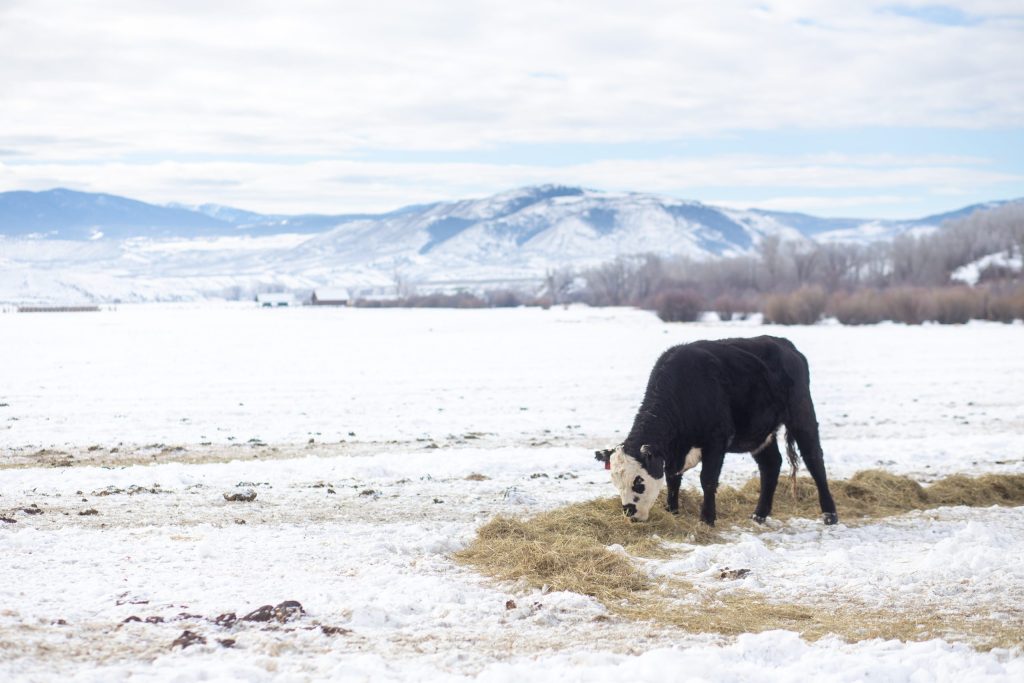
Regardless of their side in the wolf debate, not many people truly understand the impact of having wolves in Colorado, Gittleson added.
“The people who really understand it are the ranchers who are dealing with it on a daily or weekly basis and the (Parks and Wildlife) people who are dealing with it weekly,” he said. “Most of the people, in their lifetime, have never dealt with a predator like this before.”
Wolves are unlike coyotes and bears, Gittleson said, adding that they’re much smarter and travel great distances in short periods of time.
The greatest difference, however, is the increased emotional stress for producers and Parks and Wildlife staff, he added.
Ritschard said that once a producer is affected by wolves, “it changes everything that producer does.”
“I cannot stress enough, we in the industry deal with death, it happens. It’s horrible when it does,” Ritschard said. “Historically we know what our livestock will do as most operations are fifth to sixth, or even more, generations old. We have the historical data to back it. There is only one thing that has changed on the landscape and that’s the wolf. When we see more open cattle, low weaning weights and when those cattle have been in wolf active area, we have a pretty good idea what is causing that.”
Jenkins argued that often the pro-wolf arguments do not reflect the reality of what producers are experiencing.
“They don’t mind about embellishing and outright lying about us as a producers not implementing nonlethal tactics, which we all have. We’ve all done the site assessments,” Jenkins said. “Every hoop they put up, we jump through it, and it’s still not good enough. They still question our motives as landowners and producers.”
Is Colorado spending too much on wolves?
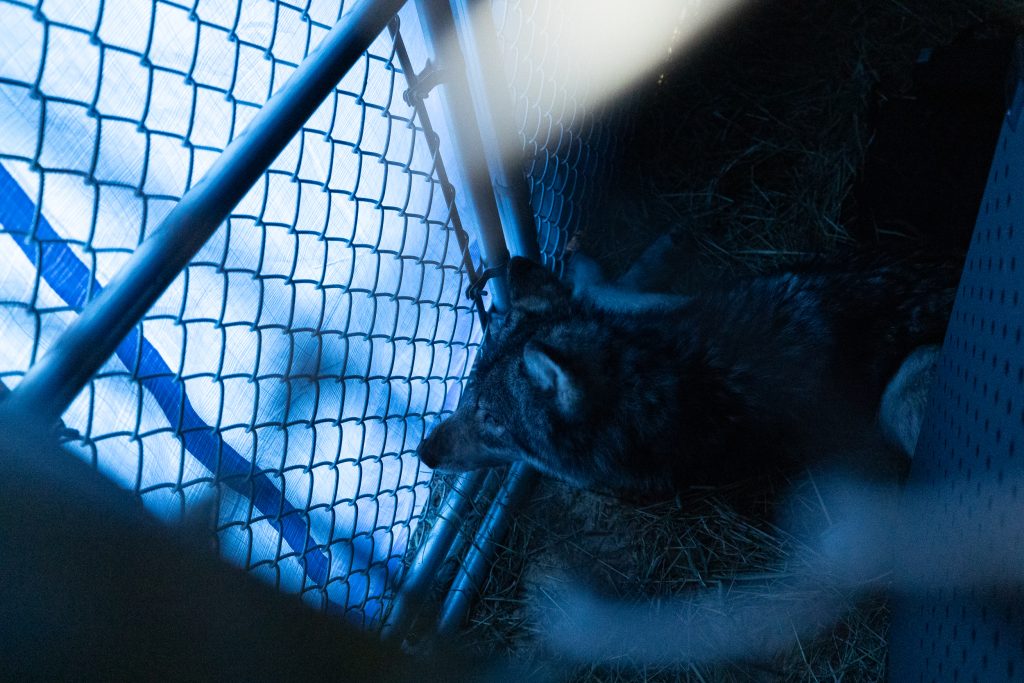
Roberts said that the bill’s passage sends a clear message from the legislature to Parks and Wildlife.
“We are paying attention to the finances of this program and are trying to make clear that there are challenges with the overspending or increased costs from what was projected for this wolf reintroduction program,” he said. “We are saying we need to take a closer look at that and saying in these really difficult budget times and times where we have health insurance costs about to go up significantly, there’s more prioritization with taxpayer dollars that needs to be done.”
Schneider, however, said it was disappointing that the proponents of the bill “wasted the General Assembly’s time re-litigating Proposition 114 rather than focusing on the serious budget questions facing the state.”
Ritschard said that he was grateful for the sponsors bringing the bill forward and added that it started some great conversations about the reintroduction program about how much it is costing Colorado.
“This is way over budget,” Ritschard said. “There needs to be some checks and balances to this program just purely based on what it has cost so far.”
When Proposition 114 passed, the Blue Book estimated program costs would be $800,000 a year. Parks and Wildlife has spent $3.5 million this year. Davis has previously indicated that the Blue Book was merely an estimate, which increased following planning for, and implementation of, the restoration.
“The heightened costs of the program overall trace back to the expansion of the compensation and nonlethal coexistence programs, at the request of ranching communities who advocated for these programs to the (Parks and Wildlife) commission,” Schneider said. “These programs quickly became more comprehensive, and therefore more expensive, than originally predicted when Proposition 114 passed.”
Jenkins added that part of the challenge is transparency in terms of what nonprofits are donating, how much it costs per wolf to reintroduce the animals, what the agency specifically is paying for and more.
“Who knows what the true cost of this is?” he said. “That’s part of the issue, right? It’s just transparency, and there is none.”

Support Local Journalism

Support Local Journalism
As a Summit Daily News reader, you make our work possible.
Summit Daily is embarking on a multiyear project to digitize its archives going back to 1989 and make them available to the public in partnership with the Colorado Historic Newspapers Collection. The full project is expected to cost about $165,000. All donations made in 2023 will go directly toward this project.
Every contribution, no matter the size, will make a difference.

